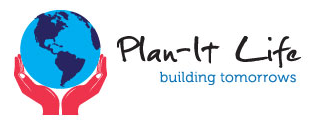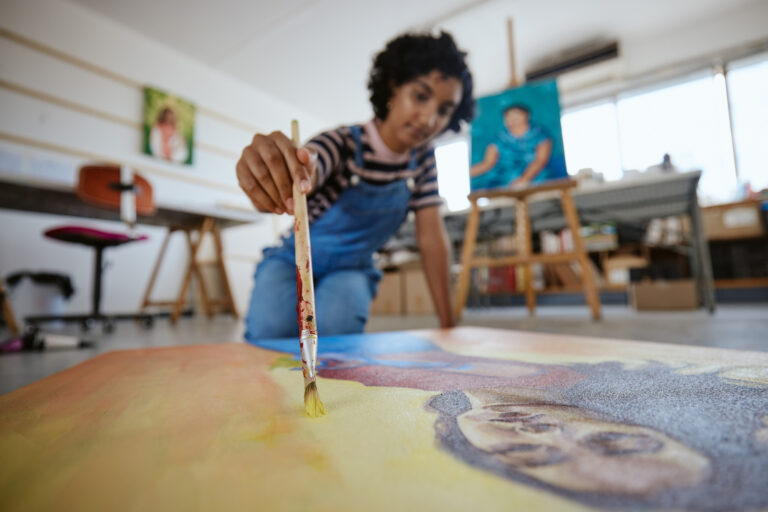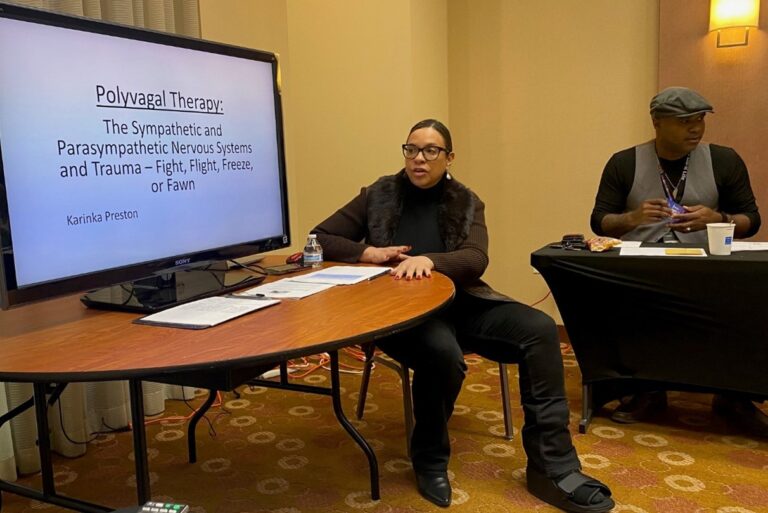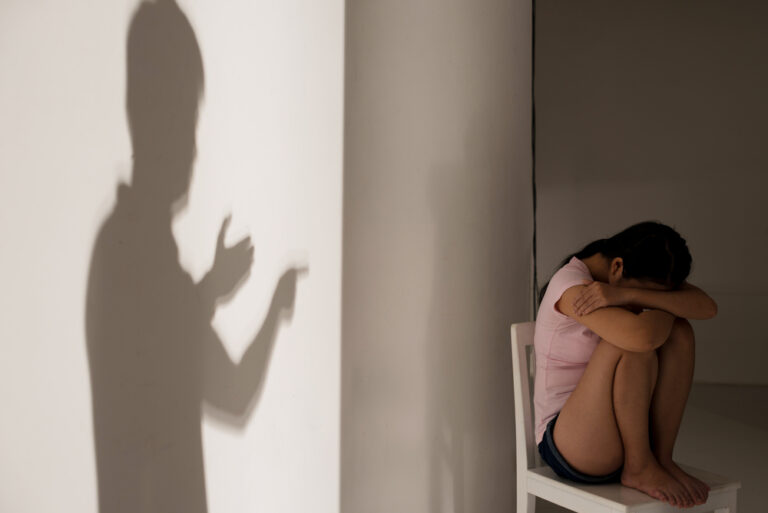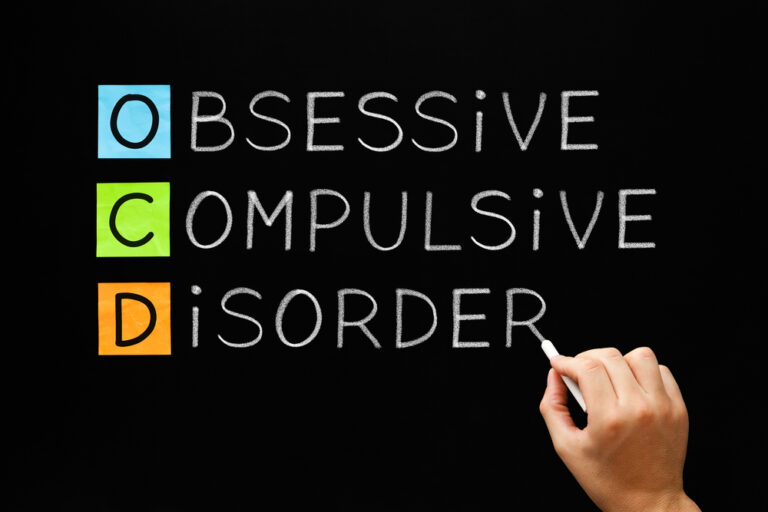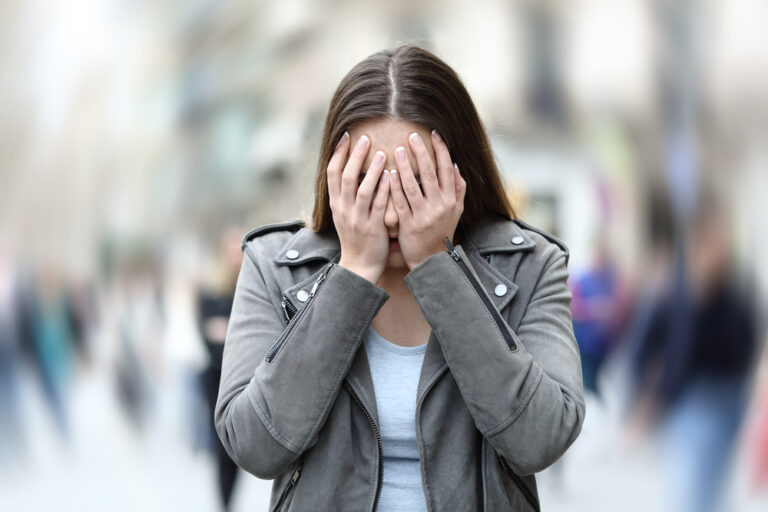Creative Outlets for Healing: Art, Music, and Expression
Creativity plays a crucial role in healing. Whether art, music, or writing, these creative activities allow individuals to express their emotions, process trauma, and find peace. Many people use creative outlets to cope with life’s challenges. The connection between creativity and healing is undeniable. Furthermore, creativity has been embraced by therapists, healthcare professionals, and individuals…
